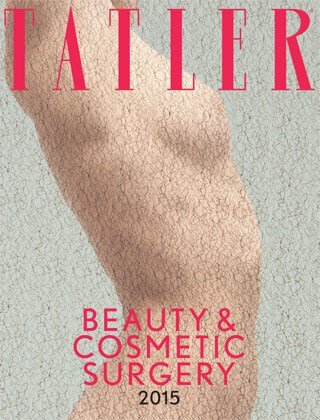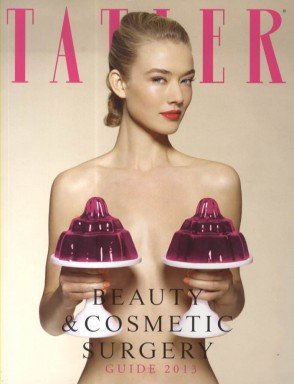Male Breast Reduction
Overview
Male Breast Reduction (Gynaecomastia). In the majority of cases there is no known cause and, although rarely talked about, it is a common condition. For men who feel self-conscious about their appearance, breast reduction surgery can be helpful. The procedure removes tissue from the breasts, and in extreme cases excess skin.
In the majority of cases there is no known cause and, although rarely talked about, it is a common condition. For men who feel self-conscious about their appearance, breast reduction surgery can be helpful. The procedure removes tissue from the breasts, and in extreme cases excess skin. Breast reduction surgery is an option for men with this condition. It may also be used to tighten the breast area after dramatic weight loss that has caused the skin to sag. However, it is not suitable for men whose large breasts are simply excess fat from being overweight.
CAUSE
Most teenage boys experience some degree of breast enlargement affecting one or both breasts. However, by early adulthood less than 10% have a residual problem. This incidence rises with age, reaching approximately 30% (1 in 3) in older men. Rarely, the breast enlargement can be caused by medicines (for high blood pressure, heart disease and prostate cancer), drugs (such as marijuana and anabolic steroids), some diseases (such as liver failure and some cancers) and some very rare congenital abnormalities (errors of development that one is born with).
These causes should be excluded by the surgeon during an initial consultation. Additional information will be needed at this consultation regarding overall health, chest size and body shape, previous chest surgery, any bleeding tendencies and healing capabilities, some of which will be affected by smoking, alcohol and various medications.
PROCEDURE & TECHNIQUE
The breast is made up of two main components, glandular tissue (firm and dense) and fatty tissue (soft). The ratio of glandular to fatty tissue in any breast varies from individual to individual and in gynaecomastia there may be an excess of both. If there is predominantly a diffuse fatty enlargement of the breast, liposuction is the usual treatment. This involves sucking out the tissue through a small tube inserted via a 3-4mm incision (see information sheet on liposuction for more detail).
If excess glandular tissue is the primary cause of breast enlargement, it may need to be excised (cut out) with a scalpel. This will leave a scar, usually around the nipple edge. This excision can be performed alone or in conjunction with liposuction. Major reductions that involve the removal of a significant amount of tissue and skin may require larger incisions that result in more obvious scars. Most operations for gynaecomastia take about 90 minutes to complete and are performed under general anaesthesia, or in some cases, under local anaesthesia with sedation.
Following the surgery the chest is swollen and bruised for a while and it can be difficult to assess the full effect of the operation. To help reduce swelling, patients are often instructed to wear an elastic pressure garment continuously for one or two weeks. It is advisable to refrain from exercise for about three weeks and, in general, it takes about six weeks before one can return to completely normal activities.
The potential complications of the surgery are relatively rare. They include inadequate removal of breast tissue, an uneven contour to the chest and reduced nipple sensation. If an excision has been performed, rather than liposuction, then a blood clot can form that may need to be drained at a second operation.
VOTED UK'S BEST "BOOB" SURGEON
Mr Muhammad Riaz, once again voted as one of the UK's best cosmetic surgeons for Breasts, Tummies and intimate areas. That’s 5 consecutive years running.





